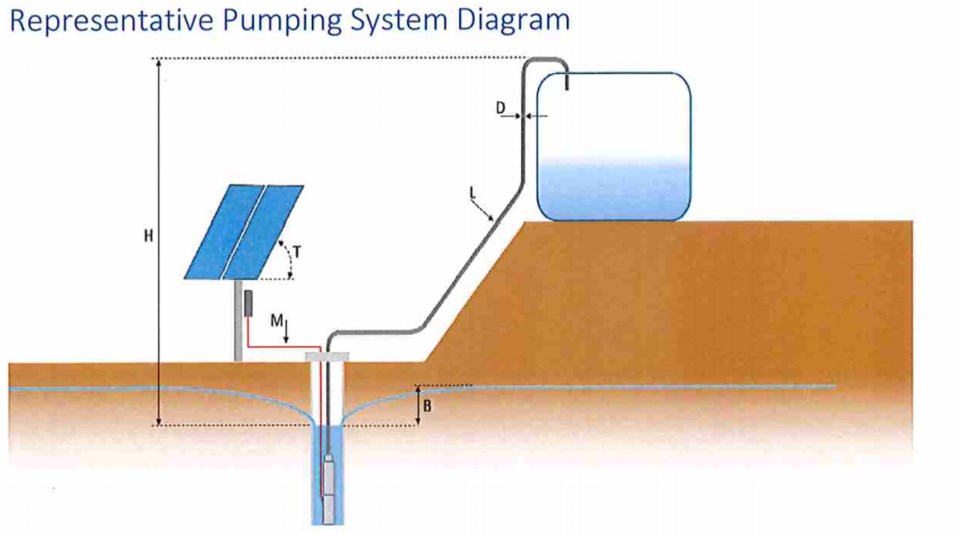WESTLOCK — Westlock-area municipalities are faced with a $74,000 tab to fix a leachate seepage problem at an old Westlock County-owned landfill.
The leachate is affecting groundwater at the Westlock Regional Landfill, where the old landfill, one of the county’s nine old sites, is located. On top of the one-time costs, the municipalities are also looking at $37,000 annual maintenance expenses for the next 20 to 25 years.
However, the county and the Town of Westlock are still debating the cost share formula.
At a tri-council meeting May 11, councillors looked over a recommendation to split the costs 60/40 between the county and the town, and leave the Village of Clyde off the bill.
Administrators based the cost-share formula on usage numbers for the regional landfill in the past three years, as well as resident fee percentages, since historical data doesn’t exist.
According to those numbers, the town is responsible for 34.5 per cent of use, and the county for 61 per cent, which prompted four town councillors to ask that the cost share formula reflect the usage split.
County deputy reeve Brian Coleman said that for the one-time costs, the difference between the town paying 33 per cent or 40 per cent of the cost is $6,000. Town Coun. Murtaza Jamaly, however, saw this as a long-term $1 million-worth project, and costs over the entire maintenance period would be higher.
Jamaly also questioned the purpose of using resident fee percentages in the calculation since it's a new fee, while Coun. Curtis Snell said that the town has not had ownership of the land and doesn’t know what happened there for the past 20 years.
“If these guys are saying these are the numbers, I'm very confident these are the numbers,” said town Coun. John Shoemaker, who sits on the Westlock Regional Waste Management Commission board. Snell chairs the board.
As for the 60/40 split argument: “We’ve got to get moving on this. … We could spend two years arguing on what the numbers are and we’re never going come up with it because they aren’t available. Let’s pick a number and move on,” Shoemaker said.
Mayor Ralph Leriger recommended an “annual ceiling” on the cost, and added the town also had a landfill site which the county also used.
On the county side, Coun. Lou Hall wondered why the village wasn’t being asked to contribute, but Clyde did have its own landfill when the county’s site was operational and likely didn’t use that particular site.
Town CAO Simone Wiley said they located two agreements from the 1980s that show the two municipalities swapped recreation and landfill costs, but nothing in the archives to offer specifics on what the town was paying for or how the costs were determined.
The problem and the solution
A 2018 groundwater sample indicated levels of chloride below the site as high as 3550 milligrams per litre, which are well above the 250 milligrams per litre limit set by the Canadian Drinking Water Standard Guidelines.
Some work has been done since 2019 (a hygiene survey, hazardous gas safety plan, four new recovery wells, air monitoring), but they are now looking to install a solar-powered pump system that would collect the leachate from the recovery wells to an above-ground tank, from where it would be collected for disposal.
The ongoing maintenance cost includes trucking, which will need to be done four times per month for five months every year. The pump will be shut down during the winter.
Tom Moore, the manager of the waste commission and will be heading the project, says the cost estimates are at the upper margin and some work that the county has already done will likely reduce the final figure.
“The pump system I'm suggesting, the main reason for it is to help minimize any gas issues. These pumps would be installed, the lids would be sealed, the pumps are low volume, so we pump them into a tank and when the tank is full, it’ll have a switching system that will turn the pumps off,” Moore said.
“There’s very minimal exposure to the wells, they’ll be closed off. Everything will be buried.”
He says he recommended a solar-powered system rather than a generator because the landfill is having issues with theft.
The site was closed in 2001, and while operated by the county, it was used by the town as well. County CAO Kay Spiess said it’s likely that only people who lived close to the old site would have used it, since the county had eight other landfills.
Since it was shut down, county environmental services manager Jacolyn Tigert said it has been used as a storage yard for public works, and there is an oil tank on site that has been empty for the past decade.



